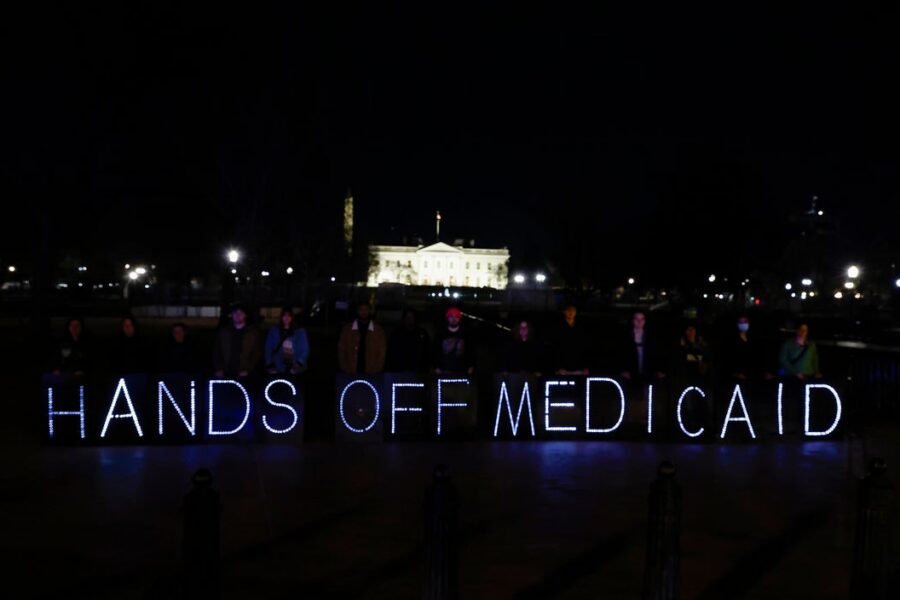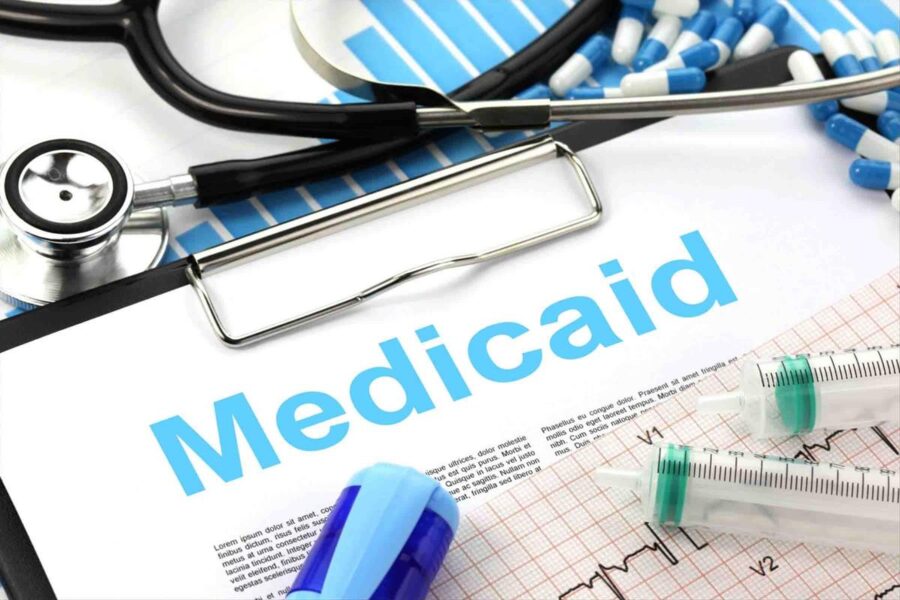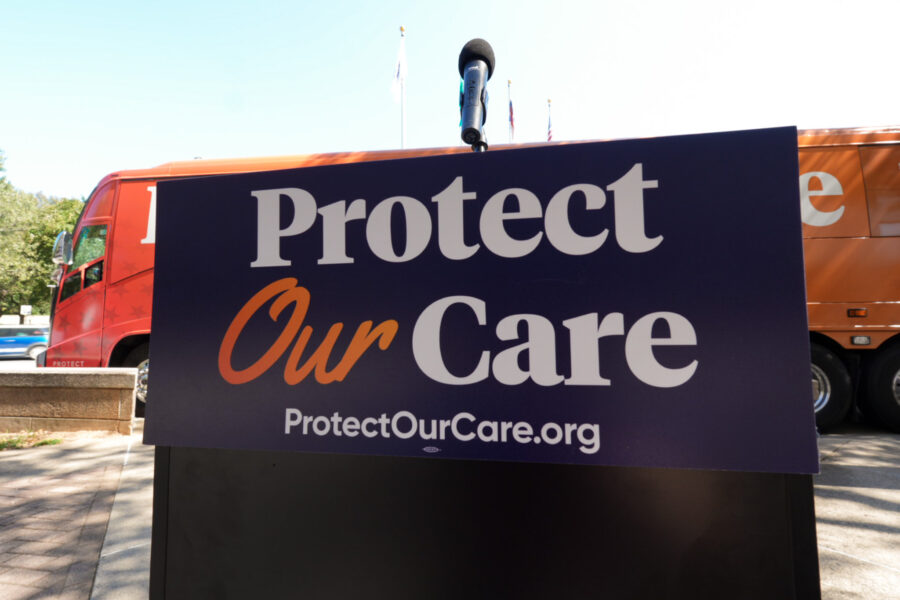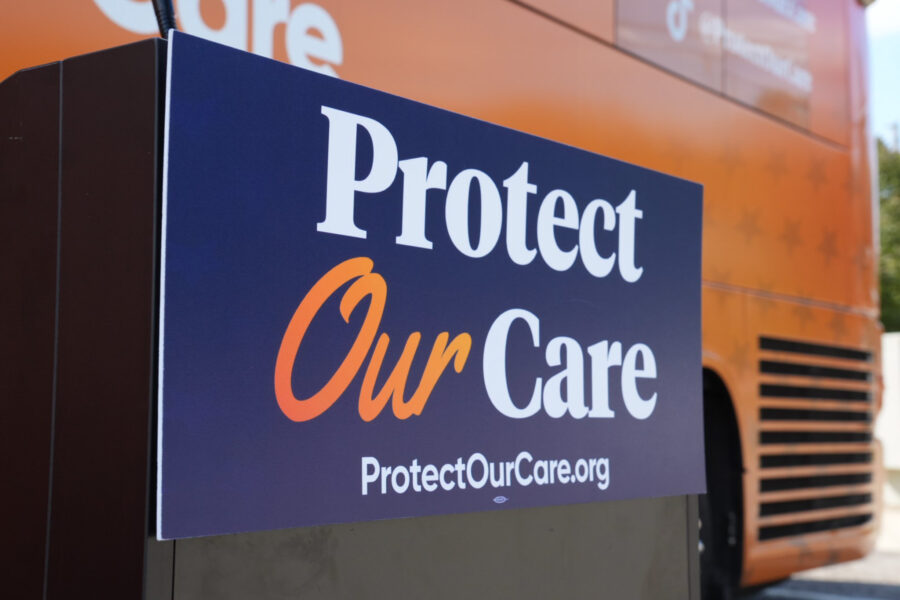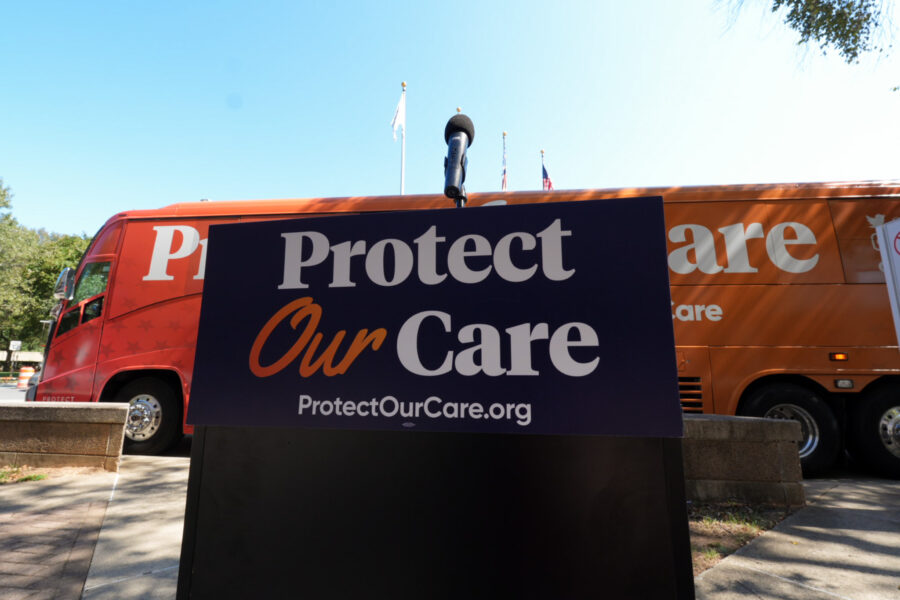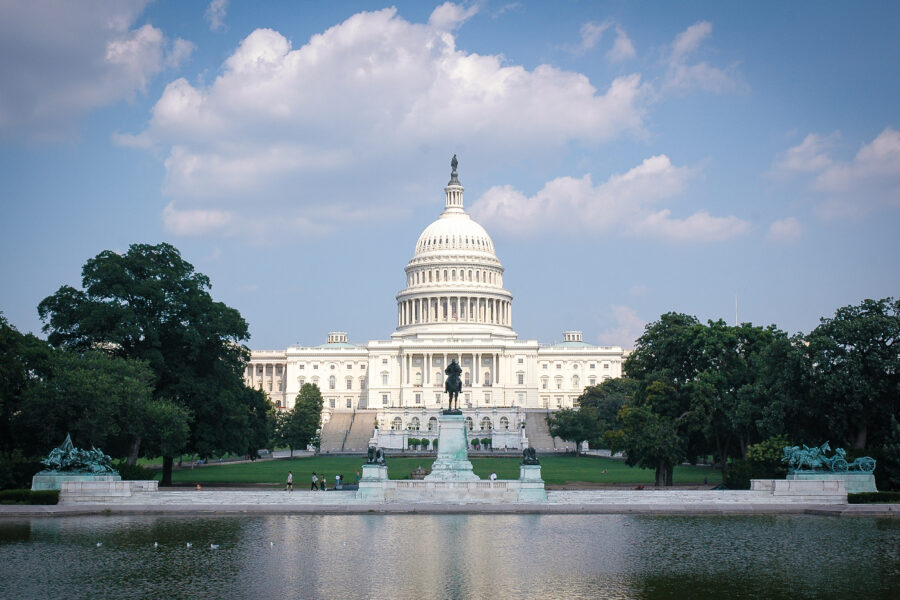NEW REPORT: Republicans Are Trading Our Health Care for Tax Breaks for Billionaires

Read the Full Report Here. Washington, D.C. – Today, Protect Our Care is releasing a…
ashoupMarch 26, 2025


